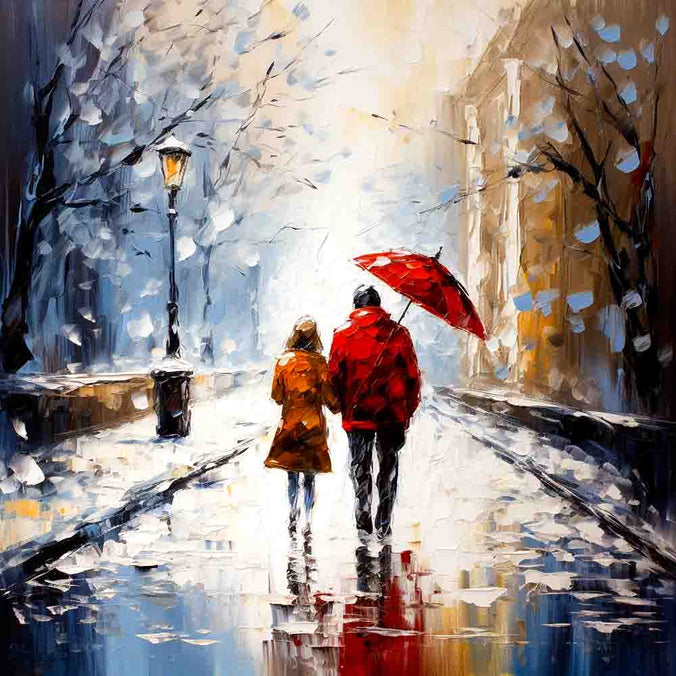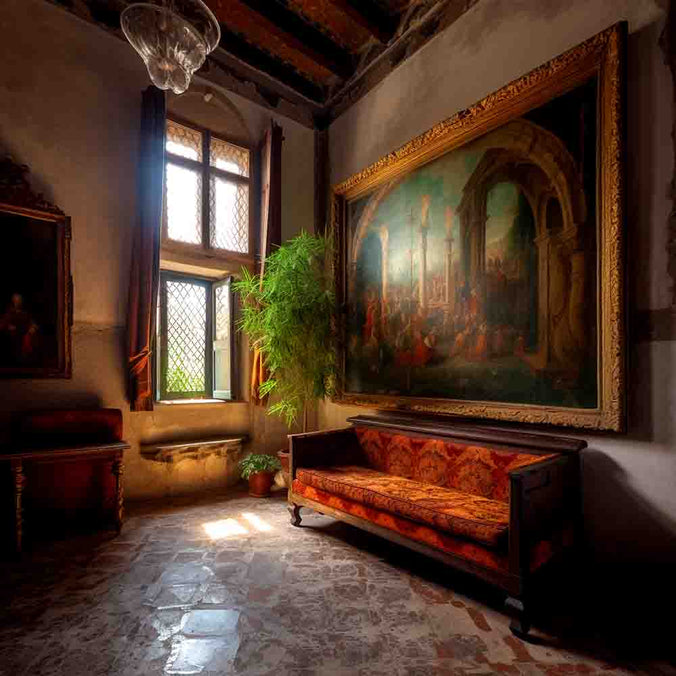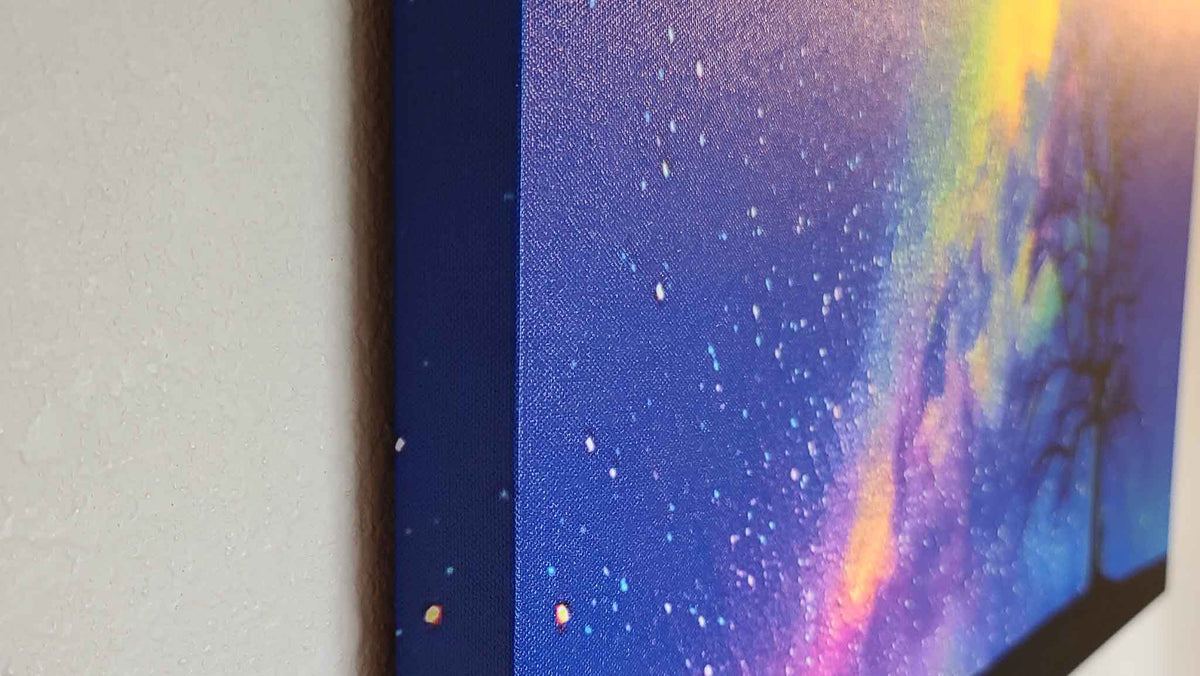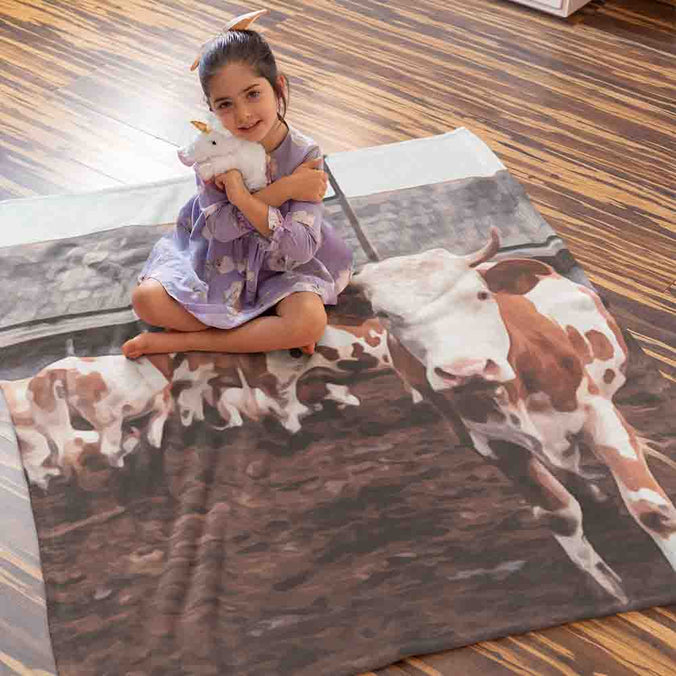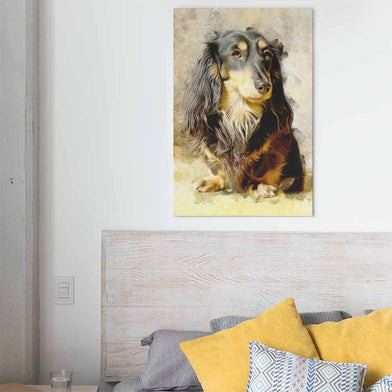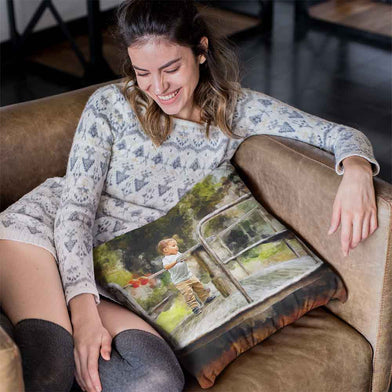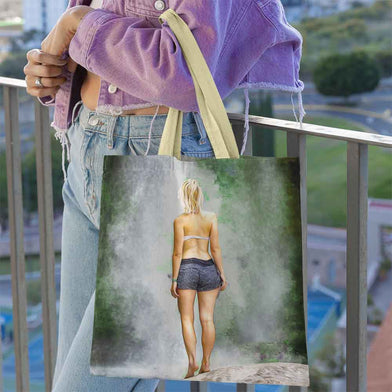What is Surrealism Art and How Can You Create Your Own?

What is Surrealism Art and How Can You Create Your Own?
Surrealism is an art movement that emerged after World War I, characterized by unnerving images representing the unconscious mind. Notable surrealist artists include Salvador Dali, René Magritte, and Man Ray. Surrealism art encompasses various styles, with many artists drawing inspiration from dreams, nature, and psychoanalysis. To create your surrealist art, connect with your imagination and inner self, incorporating surreal elements through collage or painting. Surrealism has influenced other art movements such as Abstract Expressionism, Pop Art, and Installation Art. By incorporating surrealism art into your home décor or creating your surrealist pieces, you can embrace the limitless potential of imagination and creativity.
How to Identify Surrealism Art
Surrealism art goes beyond the realm of reality, creating scenes that only the imagination can conjure. It often presents recognizable objects with unusual properties, aiming to shock and surprise viewers. Many surrealist artists, such as Max Ernst, Salvador Dali, and Joan Miro, drew inspiration from nature and used biomorphic imagery to create their surrealistic works.
The Origins of Surrealism
Surrealism began as a literary movement in the late 1910s, embracing a form of expression known as automatic writing, which aimed to release the subconscious and uncontrollable imagination. Centered around Paris, the movement spread across the globe during the 1920s, influencing visual arts, philosophy, and social theory. André Breton, a French poet, is considered a founding member of the Surrealist group. His novel, The Tower of Light, published in 1952, critiqued rationalism and dualism while advocating for the liberation of the human mind.
Notable Surrealist Artists

Famous surrealist artists include Salvador Dali, René Magritte, and Man Ray. Dali and Magritte both aimed to challenge conventional norms and create artwork that was unusual and uncanny. Man Ray, on the other hand, pioneered the photogram, a type of photograph created using photographic materials without a camera.
Creating Your Surrealism Art
To create your surrealist art, explore the creative power of your imagination and connect with your inner self. Use recent dreams or journal entries as inspiration for your paintings. Alternatively, try incorporating surreal elements into your artwork through collage, using different images from various sources to form one piece.
Different Styles of Surrealism Art
Surrealism art encompasses many different styles. Some artists, like Dali, Magritte, and Frida Kahlo, used dream-like themes in their works. Others, like Giacometti, distorted human anatomical parts to create frightful and playful sculptures. Surrealism was also influenced by sources such as the chaos of World War I, Sigmund Freud's psychoanalysis, and Karl Marx's political views.
Modern Surrealism Art
Initially, modern surrealism focused on themes of sexuality and the female body, often depicted on large scale. Surrealist paintings are often described as absurd, devoid of logic, and full of contradictions. Salvador Dali, for example, used his paintings to explore ideas about the human subconscious, serving as a visual language for hallucinations and dreams.
Incorporating Surrealism Art into Your Home Décor
You can add surreal art to your home décor in various ways, such as painting walls with abstract images, displaying souvenirs, or placing a wall clock in an unlikely location. Surrealist images can also be printed on fabric and woven into pillows or displayed as intricate vases and lamps. Surreal art can add a creative touch to any room, helping you create an environment that feels like a dream.
Exploring Surrealism Art Techniques

Various techniques can be used to create surrealist art.
Some of these surrealist art techniques or methods include:
- Juxtaposition: This technique involves placing two or more unrelated objects or images next to each other to create an unusual or thought-provoking composition. This unexpected pairing can evoke a sense of curiosity and wonder in the viewer.
- Dislocation: Dislocation involves taking an object or scene out of its usual context and placing it in an unfamiliar or impossible setting. This method can create a sense of unease or surprise and challenge the viewer's preconceived notions about reality.
- Transformation: This technique involves changing the form, appearance, or nature of an object or scene in a surreal manner. This can include morphing, melting, or merging different elements to create a fantastical and dream-like composition.
The Influence of Surrealism on Other Art Movements
Surrealism has had a significant impact on various art movements and genres, such as:
- Abstract Expressionism: This movement, which emerged in the mid-20th century, is characterized by its emphasis on spontaneous, subconscious creation. Surrealism's focus on the unconscious mind and its exploration of automatic writing and drawing techniques greatly influenced Abstract Expressionist artists.
- Pop Art: The Pop Art movement, which developed in the 1950s and 1960s, is known for incorporating popular culture and mass media imagery into art. Surrealism's playful and imaginative approach to art helped pave the way for Pop Art's use of humor and irony.
- Installation Art: Installation art often features immersive and interactive environments that engage the viewer in a multi-sensory experience. The surrealist concept of creating dream-like and illogical spaces has had a significant impact on the development of installation art.
Surrealism Art in the Digital Age
Digital technology has opened up new possibilities for artists to create surrealist art, such as:
- Digital Painting: Digital painting tools and software enable artists to create surreal compositions with ease, allowing for greater experimentation and manipulation of images.
- Photomanipulation: Using digital image editing software, artists can seamlessly blend, alter, and morph photographs to create surreal and dream-like scenes.
- Virtual Reality: Virtual reality technology allows artists to create immersive, three-dimensional surreal environments that can be experienced by the viewer more interactively and engagingly.
The Lasting Impact of Surrealism Art
Surrealism art continues to captivate and inspire artists and audiences alike. Its exploration of the unconscious mind, dream-like imagery, and unconventional techniques have left an indelible mark on the world of art. By incorporating surrealism art into your life, whether through creating your artwork or adding surrealist pieces to your home décor, you can embrace the limitless potential of imagination and creativity.
Leave A Reply
Your email address will not be published. Required fields are marked *

